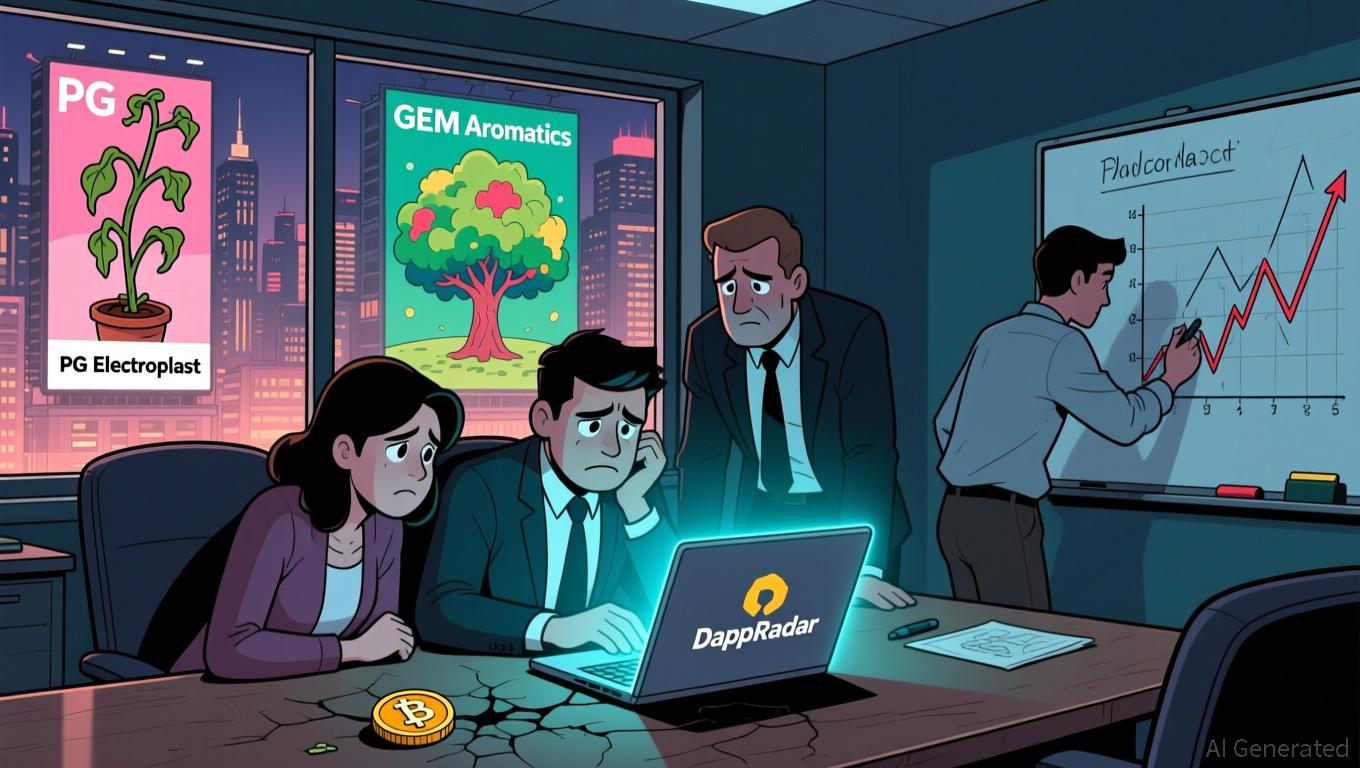Bitcoin Hits 95 Percent Mined Mark as Scarcity Becomes the New Focus
The crypto market entered a new phase as 95 percent of all Bitcoin moved into circulation. This moment signals a sharp rise in scarcity and drives deeper attention toward long-term accumulation. Investors track the Bitcoin supply shortage because it shapes how demand evolves in a maturing market. This milestone also pushes traders to rethink their future expectations as supply continues to shrink each year.
The number also brings new energy to conversations around mining rewards, halving cycles, and network security. As Bitcoin becomes harder to mine, miners face rising difficulty levels and intense competition. Many analysts believe this point strengthens Bitcoin’s long-term story because the Bitcoin supply shortage creates a predictable and transparent flow of new coins. This supports confidence among institutions that want stability and clarity.
The milestone also highlights how the network stays stable. Each block adds fewer coins over time, and this shrinking pace helps maintain the store of value idea. As mining rewards fall, transaction fees gain more importance and shape how miners operate. This moment pushes the entire community to watch the Bitcoin scarcity trend more closely as the final percent edges nearer.
JUST IN: 95% of the total $BTC supply has now been mined. pic.twitter.com/I8TwdfNRhI
— Whale Insider (@WhaleInsider) November 17, 2025
Why the 95 Percent Supply Mark Matters for Miners and Investors
The Bitcoin community treats each supply milestone as a signal of rising maturity. The move to 95 percent mined removes any doubt about long-term scarcity. New supply enters the market at a slow and predictable rate, and the gap between halvings becomes a central focus. Investors view this as a strong factor behind future price behaviour because scarcity drives attention during market cycles.
Miners also feel the impact as block rewards shrink after each halving. They adjust operations to deal with higher difficulty levels and rising energy costs. The Bitcoin mining progress shows how the network grows stronger as miners upgrade hardware and push for efficient systems. This progress maintains security and ensures the flow of new blocks stays stable.
How Bitcoin Scarcity Shapes Market Behaviour and Institutional Demand
Scarcity plays a major role in shaping Bitcoin’s identity in global finance. The finite supply drives comparisons with assets like gold and other limited commodities. The Bitcoin scarcity trend now influences portfolio strategies among institutions and retail traders. As the remaining supply drops, many large investors focus on accumulation rather than short-term trades.
Bitcoin’s hard cap remains one of its strongest features. The network follows coded rules that no central authority can change. This provides investors with clarity about future supply levels and encourages long-term planning. Market analysts attribute the Bitcoin supply shortage to growing interest from high-net-worth investors seeking assets with limited dilution.
What the Last 5 Percent Means for the Future of Bitcoin
The remaining five percent plays a key role in long-term market debates. Mining difficulty will rise, rewards will shrink, and fees will carry more weight. This transition represents the final shift toward a self-sustaining network that uses fees as its main support base. The Bitcoin mining progress shows that miners adapt to new models and push toward long-term stability.
Investors also adjust as they expect a tighter supply in future cycles. The idea of long-term holding gains more strength as scarcity pushes the narrative. Many traders expect stronger demand during the next halving as fewer new coins enter circulation. This aligns closely with the Bitcoin supply shortage, which becomes more visible each year.
Disclaimer: The content of this article solely reflects the author's opinion and does not represent the platform in any capacity. This article is not intended to serve as a reference for making investment decisions.
You may also like
Bitcoin Updates: MicroStrategy's Bold Bitcoin Investment Stands Strong Despite 57% Drop in Stock Value
- MicroStrategy's CEO reaffirms Bitcoin buying strategy amid market volatility, adding 8,178 BTC for $835.6M. - Despite 57% stock decline, MSTR's Bitcoin holdings reach $61.7B, funded by preferred shares and convertible notes. - Critics question debt-driven model's sustainability, but analysts praise its Bitcoin-per-share growth and $535 price target. - Saylor envisions $1T Bitcoin balance sheet, leveraging appreciation for credit products and reshaping global finance.
Ethereum Updates Today: Buddy Goes All-In on ETH with $13 Million Leveraged Wager Amid Market Slump
- Buddy Huang’s ETH long position was liquidated, prompting a $9.5M reentry amid market turmoil. - Market selloff attributed to macroeconomic pressures, with BTC dropping 28.7% below $90K. - A $1.24B ETH whale added 13,117 ETH despite $1.59M unrealized losses, signaling bullish conviction. - Institutional caution grew as SoftBank exited $5.8B NVIDIA stake, while Coinbase hinted at December 17th product launch. - Buddy’s $13M leveraged bet faces liquidation risk if ETH fails to stabilize above $3,000, highl

The Rapid Drop in COAI Shares: Red Flag or Investment Chance?
- COAI Index fell 88% YTD in Nov 2025, sparking debate over systemic collapse vs undervalued opportunity. - Market sentiment diverges from fundamentals: C3.ai shows 26% YoY revenue growth despite governance crises and $116M Q1 loss. - CLARITY Act regulatory uncertainty, leadership turmoil at C3.ai, and crypto frauds like Myanmar's $10B scam fueled sector-wide selloff. - C3.ai's $724M cash reserves and 69% gross margin highlight resilience, but legal battles and regulatory ambiguity persist as key risks. -

DappRadar's Shutdown Reflects Challenges Faced by the Industry Amid Market Volatility
- Web3 analytics firm DappRadar announced its shutdown due to "financially unsustainable market conditions," causing its RADAR token to drop 30%. - Companies like PG Electroplast and GEM Aromatics reported revenue declines amid U.S. tariffs, GST changes, and raw material costs, reflecting broader economic challenges. - Geox cut 2025 sales forecasts by high single digits after 6.2% year-to-date revenue fall, while cost cuts helped stabilize its EBIT margin. - Tech stocks face volatility: Nvidia downgraded a

